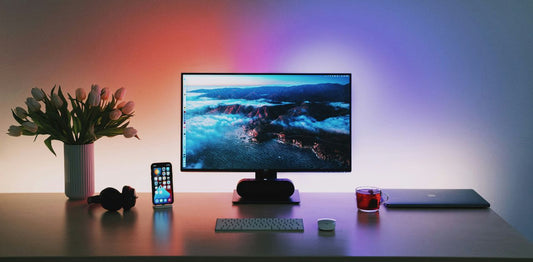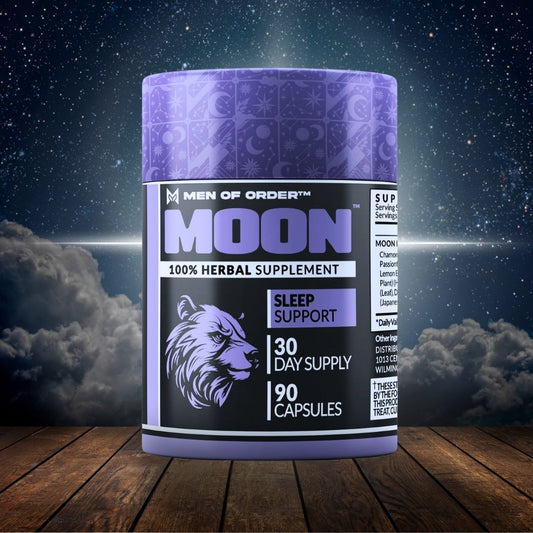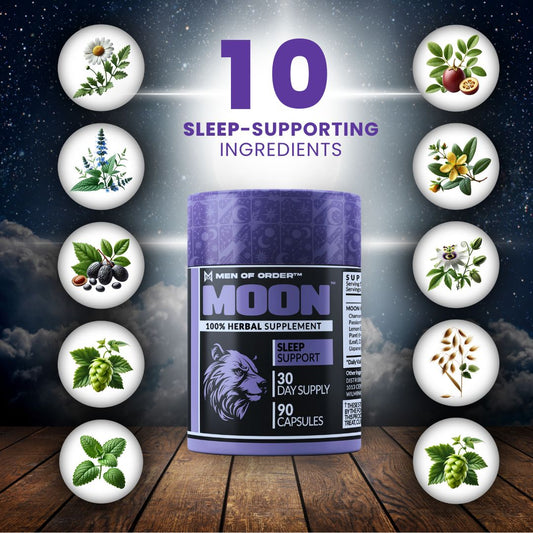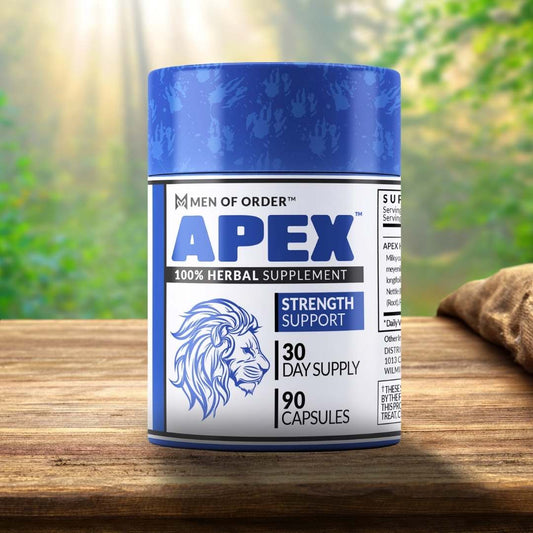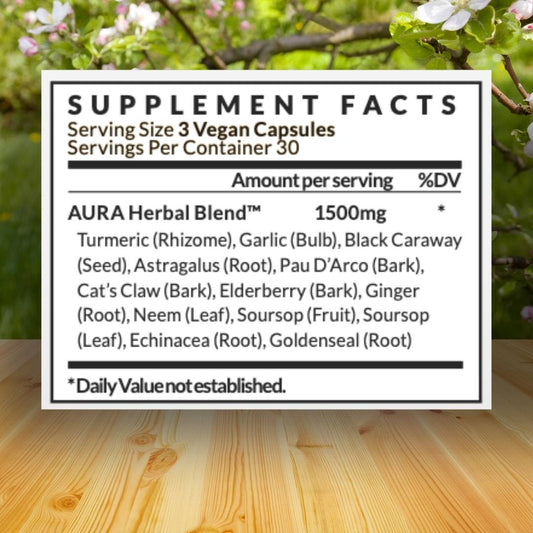
The live streaming world, although fun, can take some getting used to. There are a lot of bells and whistles that can be overwhelming for the beginner. Once streamers get past those hurdles, they can begin taking some steps to elevate their streaming to the next level.
Overclocking is the action of increasing a component’s clock rate, running it at a higher speed than it was designed to run. This usually applies to the CPU or graphics card, but other components can also be overclocked.
In a previous blog, we broke down some easy tips streamers can follow to get the best stream possible and to get the most out of their PC.
In this blog, we will focus on getting the most out of the CPU. We will break down the process of overclocking, and the pros and cons of pushing your machine past its limits.
How Exactly Do I Overclock a CPU?
Before we break down the benefits and negatives of overclocking a CPU, let’s give a brief walkthrough on how to initiate overclocking.
First, you’ll want to make sure your machine has proper cooling. Your CPU comes with a heat sink and fan from the factory, which is designed to handle the amount of heat produced at the CPU’s standard speed. Speed it up and it will produce more heat.
This means that you’ll probably need additional cooling. This can be in the form of an aftermarket heat sink that can dissipate more heat or a more powerful CPU fan that can blow the hot air away.

You’ll want to have a good amount of free space inside your computer’s case so the air can move around and eventually be blown out by the fan in your computer’s case.
Airflow is crucial for handling heat; having a heat sink or CPU fan won’t help if all that hot air stays trapped inside your case. You may also want to consider water cooling.
Water-based coolant is pumped through tubes inside of the case, where it absorbs the heat. The coolant is then pumped out, where the radiator expels the heat into the air outside of the case. Water-cooling is much more efficient than air-cooling.
Lastly, you will need to become familiar with the BIOS of your machine. You’ll need to go into your computer’s BIOS and increase the CPU clock rate or voltage.
Increase it by a small amount, then boot your computer. See if the system is stable — run a demanding benchmark like Prime95 to simulate heavy use and monitor your computer’s temperature to make sure the cooling is good enough.

If it’s stable, try increasing it a little bit more and then run another test to ensure the PC is stable. Increase the amount you’re overclocking little by little until it becomes unstable, or the heat is too much, then drop back down to a stable level.
Overclock little by little to ensure it’s stable, don’t just increase your CPU’s speed by a large amount at once.
The Benefits and Dangers of Overclocking
The obvious reason gamers and streamers think about overclocking are for faster performance.
There is also a chance you might save some hard-earned money in the process. Overclocking allows inexpensive hardware to match clock speeds of higher-end CPUs. If you happen to be on a budget and want to go with a cheaper CPU for your build, if the model has overclocking capabilities, you should be all set.
In some cases, overclocking may optimize overall system performance as some setups will have bottlenecks where overclocking of one part may help the performance of another part.
The increased heat generated from overclocking components like the CPU increases the demand for cooling of both the CPU and all the other hardware in your case.
Overclocking causes increased power consumption, so a stronger power supply may be needed.
Extended overclocking may make your system unreliable and increase the chances of system errors such as blue screens and other issues. It may also damage or permanently destroy your hardware if you push a component too hard or do something wrong.

Wrapping Up
Overclocking is not a challenging process. As a streamer or gamer, you need to decide if it is a necessity or not. Sometimes, it may be easier to overclock one component over the other.
For example, it could be easier to put more stress on your RAM than on your CPU. You will have to monitor your machine and see what works.
Task Manager is a good program that can show many resources are being used in everyday processes. It could be as simple as closing out some unnecessary programs!
Are you thinking about streaming but aren’t sure where to start? KD Computer Repair can help build a high-end PC for your streaming needs. More info can be found here: Streaming PC Builds.
You can choose from our recommended list, or we can build out a PC exclusive to your needs.










